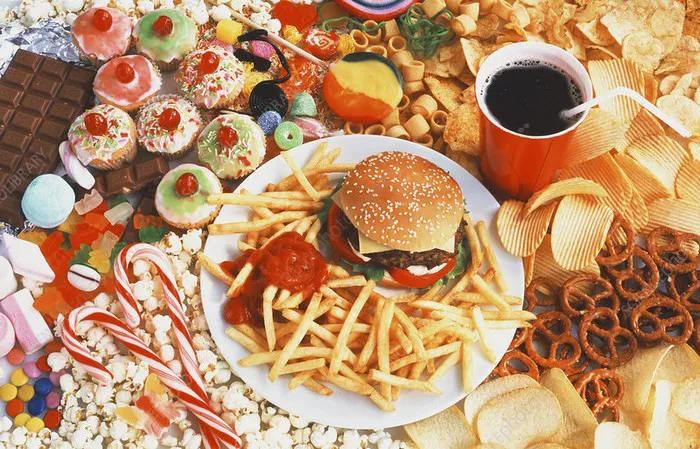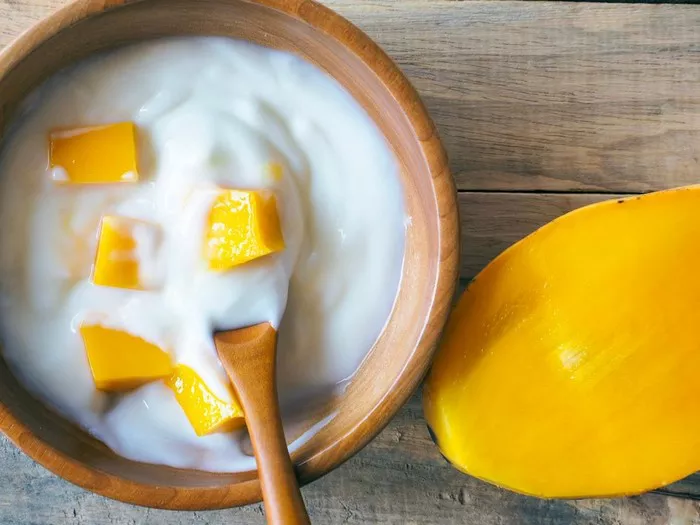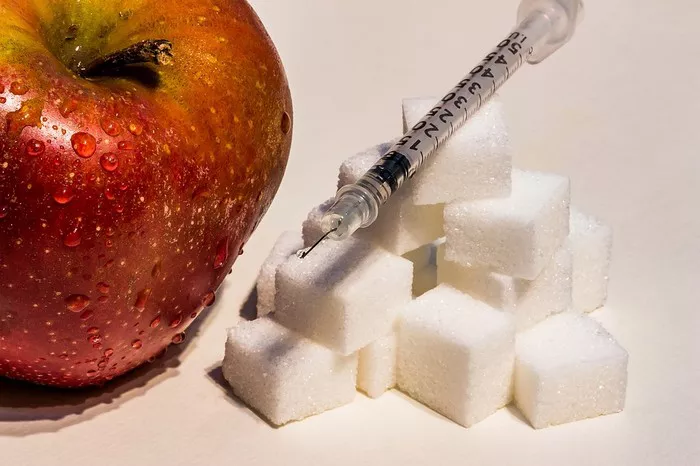Diabetes management hinges on a delicate balance of medication, physical activity, and, importantly, diet. The food choices made by individuals with diabetes significantly impact their blood sugar levels, overall health, and quality of life. Snacks, often overlooked in the broader scope of dietary planning, play a critical role in maintaining stable glucose levels between meals. This article explores healthy snack options for diabetics, offering a comprehensive guide to make informed choices that support blood sugar management and overall well-being.
Understanding Diabetes and Dietary Needs
Diabetes mellitus is a chronic condition characterized by elevated blood sugar levels due to the body’s inability to produce or effectively use insulin. The two main types are Type 1 and Type 2 diabetes. Type 1 diabetes involves an autoimmune destruction of insulin-producing cells, while Type 2 diabetes is often associated with insulin resistance and lifestyle factors such as diet and physical inactivity.
The Importance of Glycemic Control
For diabetics, maintaining glycemic control is paramount. Poorly managed blood sugar levels can lead to a host of complications, including cardiovascular disease, neuropathy, nephropathy, and retinopathy. Diet plays a crucial role in managing diabetes, with particular attention to the glycemic index (GI) of foods, carbohydrate counting, and overall nutritional balance.
Snacking and Blood Sugar Levels
Snacking can either support or sabotage blood sugar management. The right snacks can help prevent blood sugar spikes and dips, provide essential nutrients, and help with satiety. Conversely, poor snack choices can lead to erratic blood sugar levels, weight gain, and increased risk of diabetes complications.
Key Principles of Diabetic-Friendly Snacks
When selecting snacks, diabetics should consider several key principles to ensure their choices support their health goals:
Low Glycemic Index (GI): Foods with a low GI (55 or less) are digested and absorbed more slowly, causing a gradual rise in blood sugar levels.
High Fiber Content: Fiber slows down digestion and glucose absorption, helping to maintain stable blood sugar levels.
Protein and Healthy Fats: Including protein and healthy fats in snacks can promote satiety and prevent rapid blood sugar spikes.
Portion Control: Even healthy snacks can lead to weight gain and blood sugar issues if consumed in large quantities. Portion control is essential.
Nutrient Density: Choosing snacks rich in vitamins, minerals, and other essential nutrients supports overall health and helps manage diabetes complications.
Nutritious Snack Ideas for Diabetics
1. Fresh Fruits with Nut Butter
Example: Apple slices with almond butter.
Fruits are a natural source of vitamins, minerals, and fiber. Pairing fruit with a protein or fat source like nut butter can help moderate the release of glucose into the bloodstream. Apples, for instance, have a low GI and provide dietary fiber, which, when combined with almond butter’s protein and healthy fats, makes for a balanced snack.
2. Greek Yogurt with Berries
Example: Plain Greek yogurt with a handful of blueberries.
Greek yogurt is high in protein and lower in carbohydrates compared to regular yogurt. Adding berries, which are low GI fruits rich in antioxidants and fiber, enhances the nutritional profile without significantly impacting blood sugar levels.
3. Hummus with Vegetables
Example: Carrot sticks and cucumber slices with hummus.
Hummus, made from chickpeas, provides protein, fiber, and healthy fats. Pairing it with non-starchy vegetables like carrots and cucumbers adds crunch and fiber, making it a satisfying, low-calorie snack that supports blood sugar control.
4. Nuts and Seeds
Example: A small handful of almonds or chia seeds mixed with yogurt.
Nuts and seeds are excellent sources of protein, healthy fats, and fiber. Almonds, for example, have been shown to help lower blood sugar levels post-meal. Portion control is crucial, as nuts are calorie-dense.
5. Cottage Cheese with Tomatoes
Example: Cottage cheese topped with cherry tomatoes and a sprinkle of black pepper.
Cottage cheese is high in protein and relatively low in carbohydrates. Adding tomatoes, which are low in GI and rich in vitamins, creates a nutrient-dense snack that promotes satiety and stable blood sugar levels.
6. Avocado Toast on Whole Grain Bread
Example: Mashed avocado on a slice of whole grain toast.
Avocados are packed with healthy fats and fiber, while whole grain bread provides complex carbohydrates that are digested slowly. This combination makes for a filling snack that helps maintain stable blood sugar levels.
7. Boiled Eggs
Example: Two boiled eggs with a dash of salt and pepper.
Boiled eggs are an excellent source of high-quality protein and healthy fats, making them a perfect snack for diabetics. They are low in carbohydrates and help keep blood sugar levels stable.
8. Edamame
Example: Steamed edamame sprinkled with sea salt.
Edamame, or young soybeans, are rich in protein and fiber, which help control blood sugar levels. They are also a good source of vitamins and minerals.
9. Chia Seed Pudding
Example: Chia seeds soaked in almond milk with a dash of vanilla extract.
Chia seeds are high in fiber, omega-3 fatty acids, and protein. When soaked, they form a gel-like consistency that makes for a satisfying and nutritious snack.
10. Dark Chocolate
Example: A small piece of dark chocolate with at least 70% cocoa content.
Dark chocolate with a high cocoa content is lower in sugar and contains antioxidants. In moderation, it can be a satisfying treat that does not significantly spike blood sugar levels.
Meal Timing and Frequency
The timing and frequency of snacks can significantly impact blood sugar control. Diabetics should aim to eat small, balanced snacks between meals to prevent blood sugar dips and spikes. Consistent meal timing helps maintain stable blood sugar levels throughout the day.
Planning and Preparation
Preparation is key to successful snacking. Having healthy snacks readily available reduces the temptation to reach for unhealthy options. Consider these tips:
Meal Prep: Prepare snacks in advance to ensure they are convenient and easy to grab.
Portion Control: Pre-portion snacks to avoid overeating.
Read Labels: Check food labels for added sugars and unhealthy fats.
Stay Hydrated: Sometimes thirst is mistaken for hunger. Drink water regularly to stay hydrated.
Incorporating Snacks into a Balanced Diet
Snacks should complement overall dietary goals and not replace balanced meals. Diabetics should aim for a diet rich in whole foods, including vegetables, fruits, lean proteins, whole grains, and healthy fats. Consulting with a registered dietitian can help tailor a diet plan to individual needs and preferences.
Common Pitfalls and How to Avoid Them
Even with the best intentions, it’s easy to fall into snacking pitfalls. Here are common mistakes and how to avoid them:
Mindless Snacking: Eating out of boredom or habit rather than hunger can lead to overeating. Practice mindful eating by paying attention to hunger cues and eating with intention.
Relying on Processed Foods: Many packaged snacks are high in added sugars and unhealthy fats. Opt for whole foods and homemade snacks whenever possible.
Skipping Snacks: Not eating between meals can lead to extreme hunger and overeating later. Plan for regular, balanced snacks to keep hunger at bay.
Special Considerations
For Those with Type 1 Diabetes
Individuals with Type 1 diabetes need to balance insulin administration with food intake. Snacks can help prevent hypoglycemia, especially for those on intensive insulin regimens. However, careful monitoring of blood sugar levels and carbohydrate intake is essential.
For Those with Type 2 Diabetes
Type 2 diabetes management often focuses on weight control and reducing insulin resistance. Healthy snacks that are low in calories but high in nutrients can support weight loss efforts and improve glycemic control.
For Pregnant Women with Gestational Diabetes
Pregnant women with gestational diabetes need to manage blood sugar levels for their health and the health of their baby. Nutrient-dense snacks that provide essential vitamins and minerals without spiking blood sugar levels are particularly important.
See also:How Many Eggs Can Diabetics Eat?
Conclusion
Choosing the right snacks is a critical component of diabetes management. By prioritizing snacks that are low in glycemic index, high in fiber, and balanced with protein and healthy fats, diabetics can support stable blood sugar levels and overall health. Preparation and mindful eating are key strategies to ensure snacks contribute positively to dietary goals. Consulting with healthcare professionals, such as registered dietitians, can provide personalized guidance to navigate the complexities of diabetes management.
By making informed choices and integrating healthy snacks into a balanced diet, individuals with diabetes can enjoy tasty and nutritious options that support their journey toward better health and improved quality of life.
Related topics:
Can Diabetics Eat Whole Grain Rice?

























